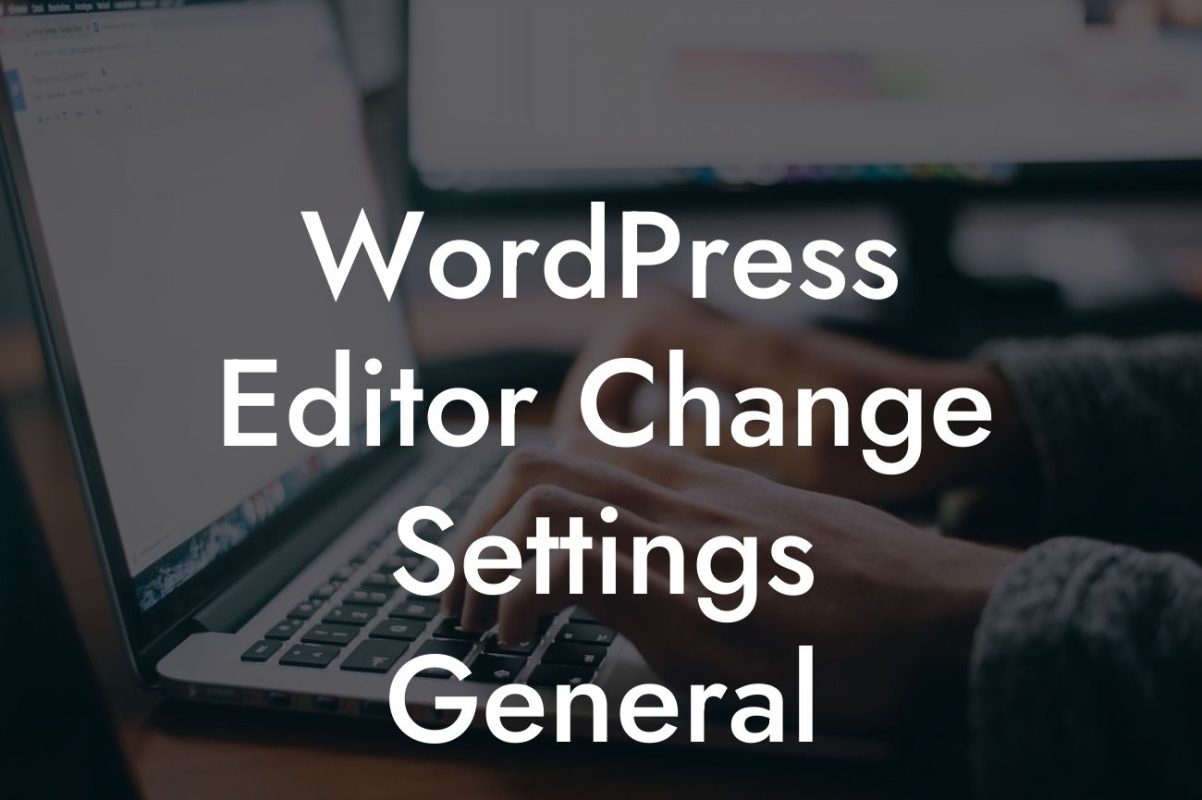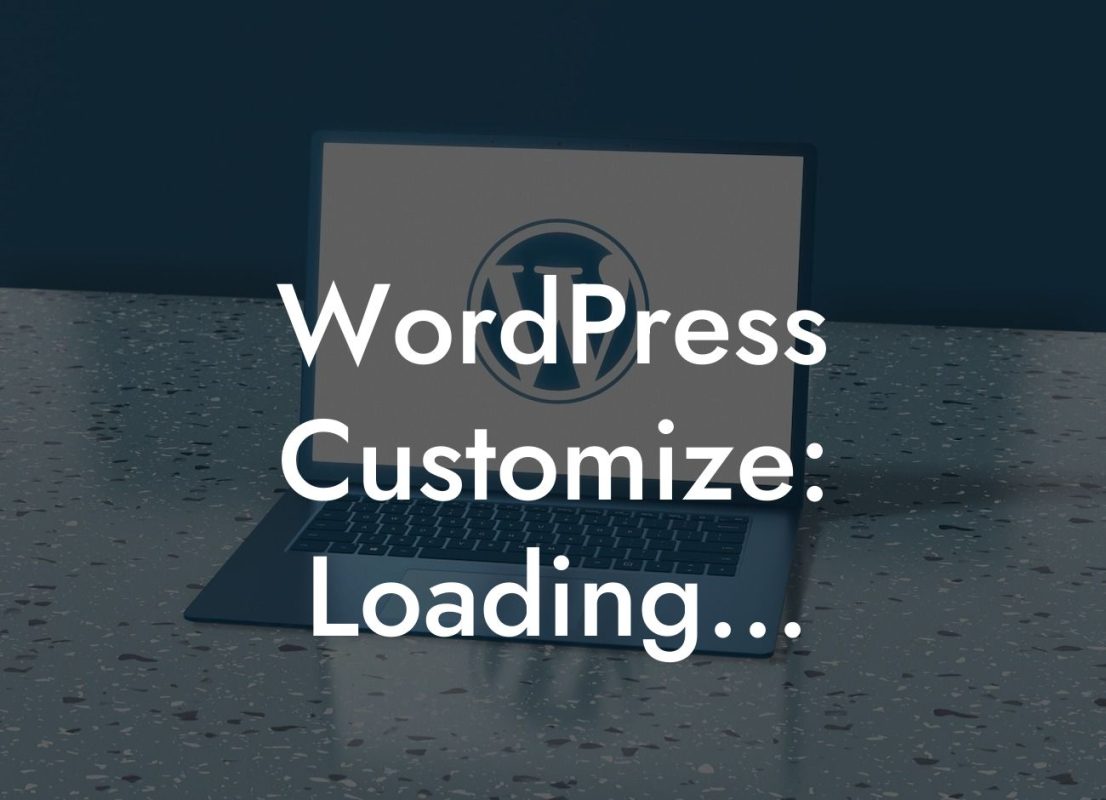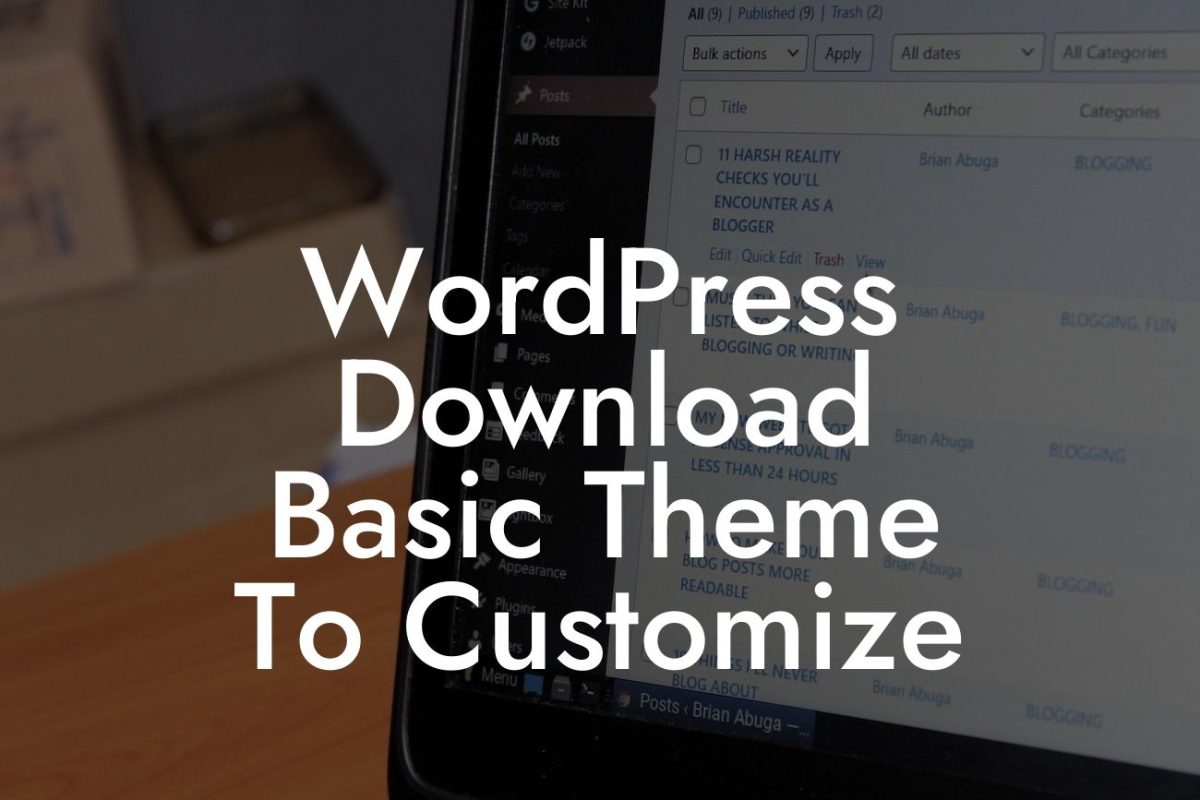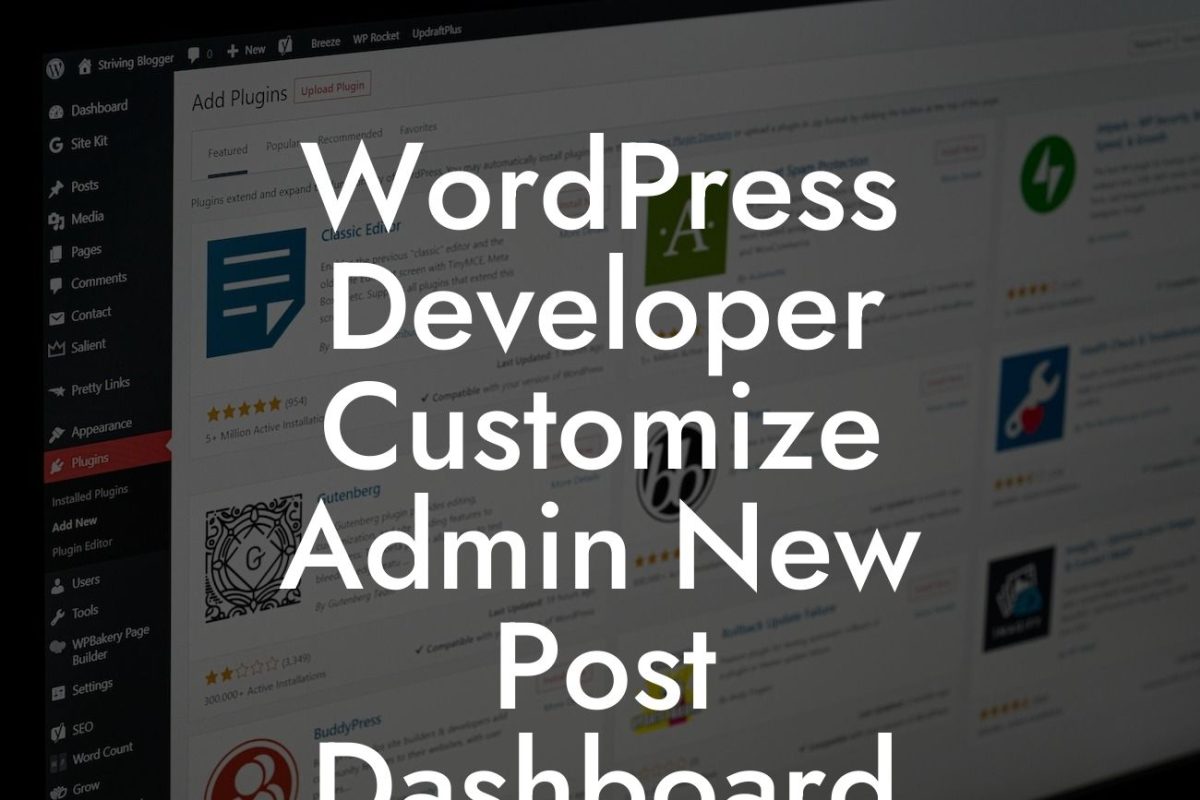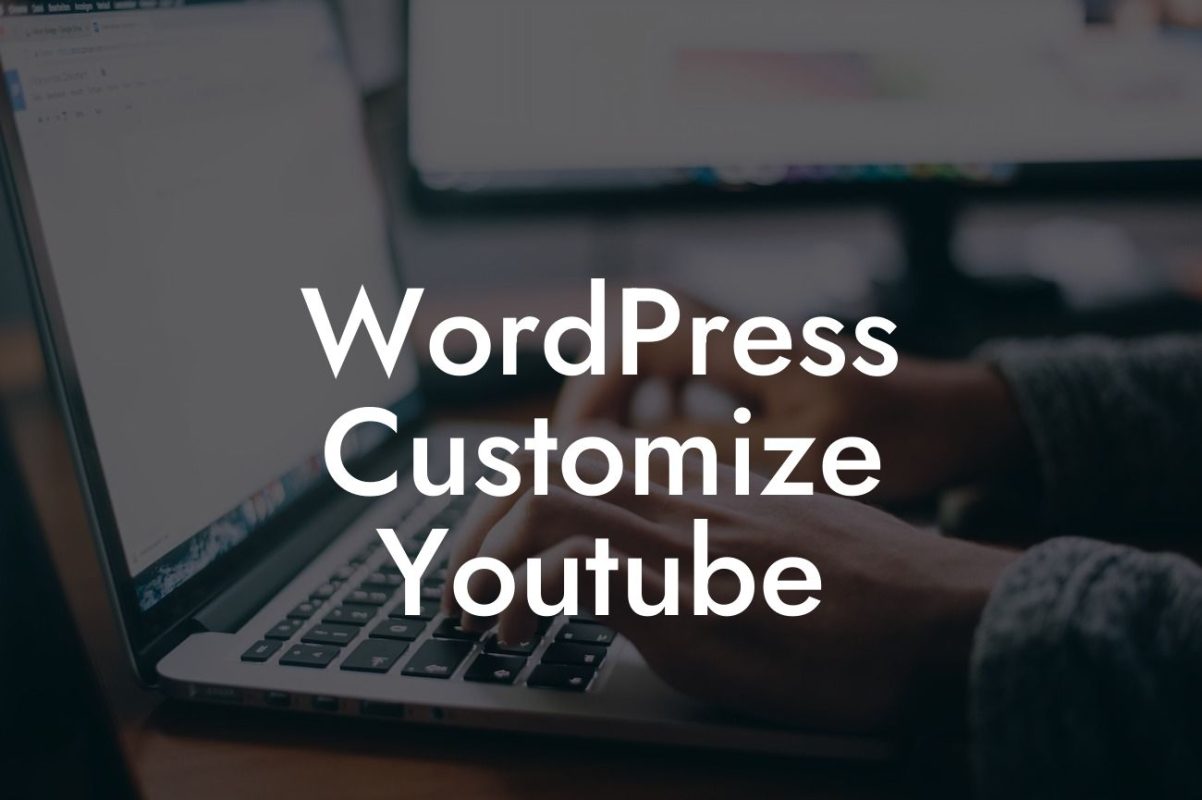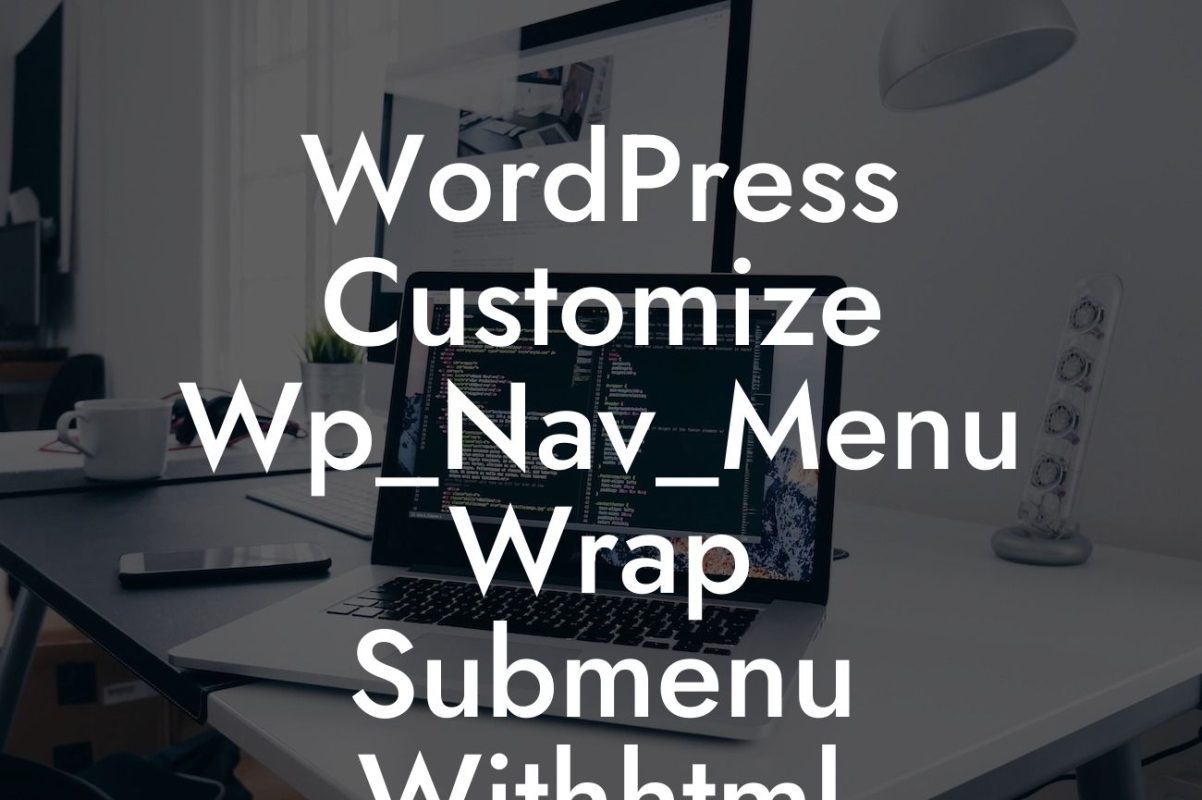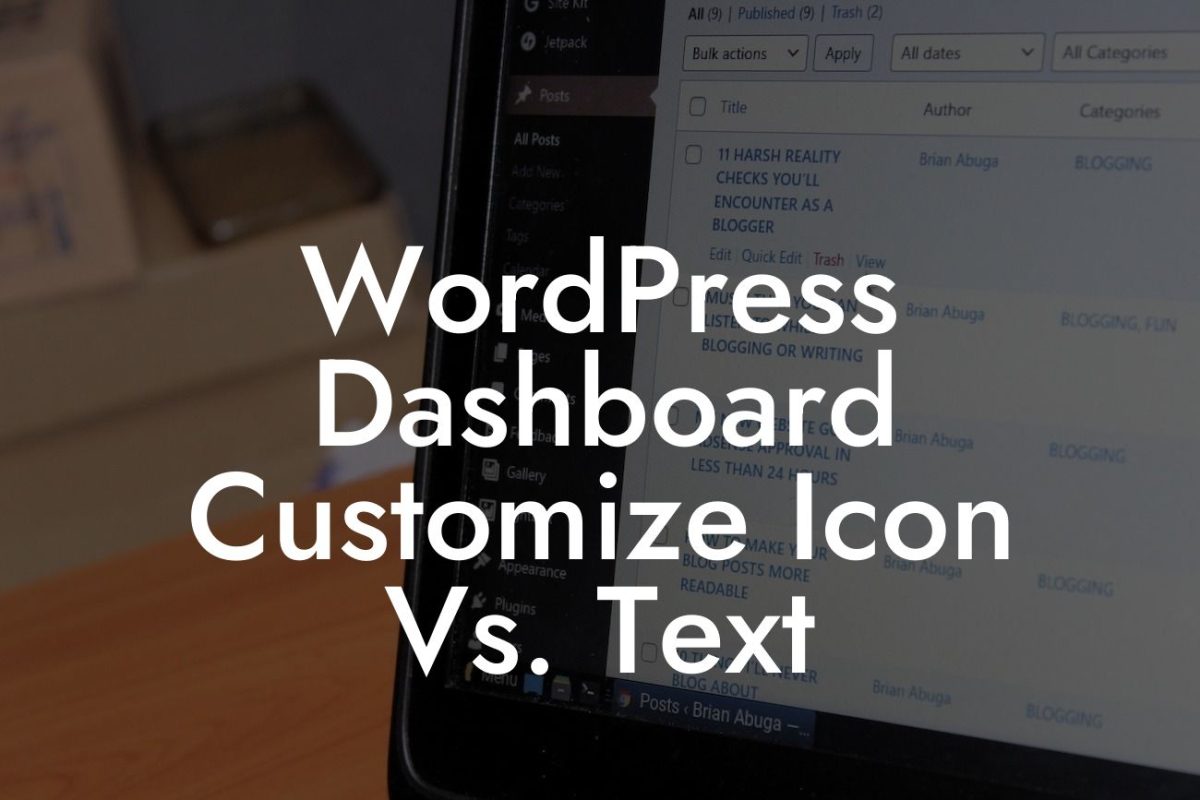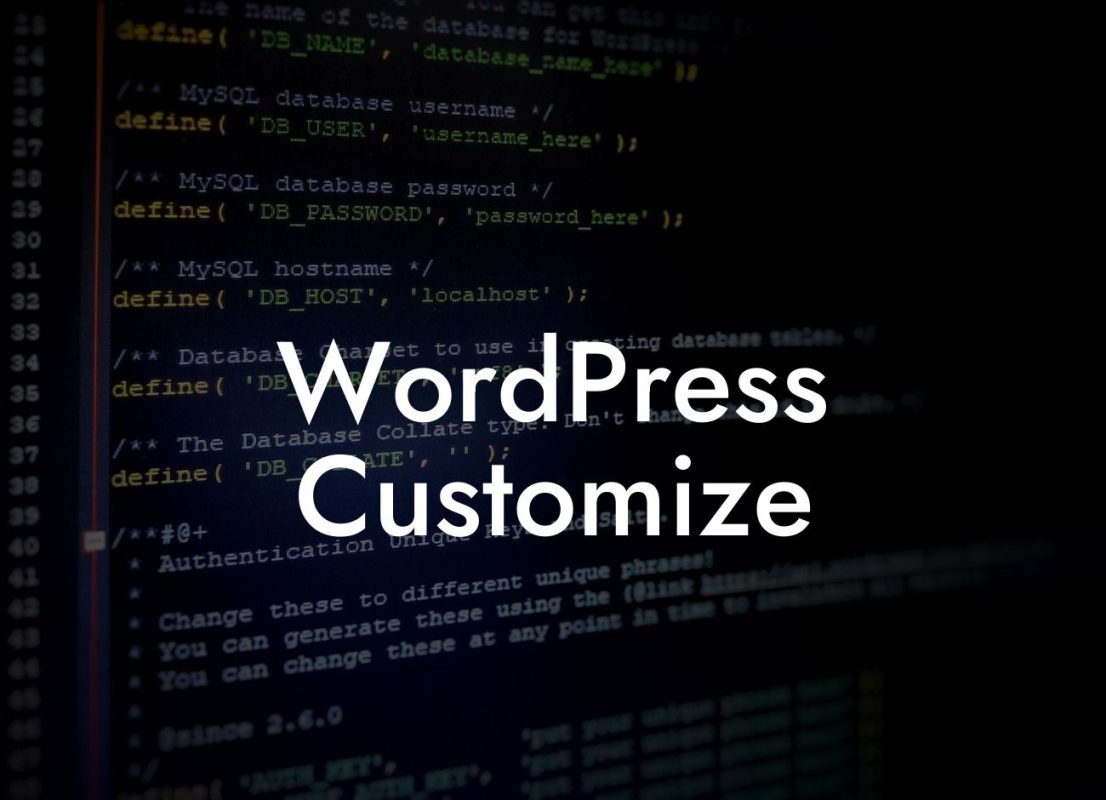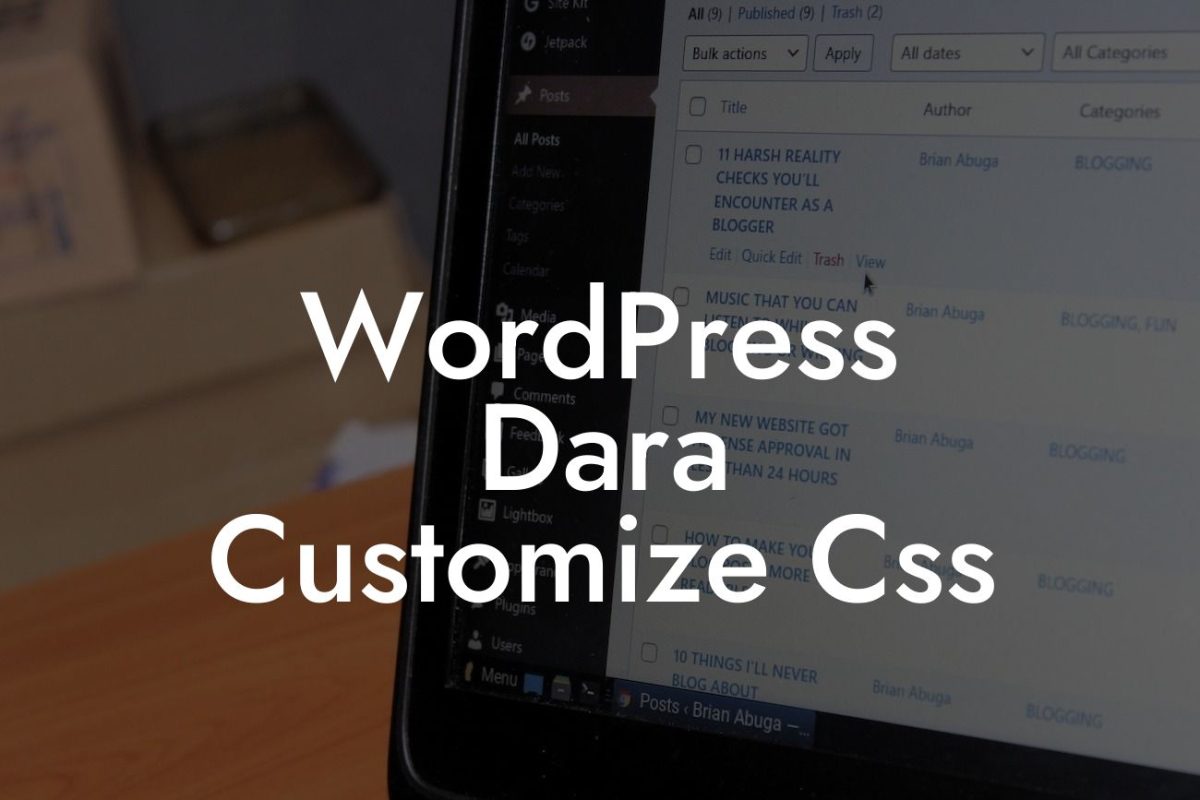Are you looking to give your WordPress website a touch of personalization? Do you want to modify your theme code to create a unique online presence? In this guide, we will walk you through the process of using CSS to modify theme code in WordPress. With our step-by-step instructions and a realistic example, you'll soon be able to make your website stand out from the crowd. Say goodbye to generic designs and embrace the extraordinary!
CSS (Cascading Style Sheets) is a powerful tool that allows you to customize the appearance of your WordPress website. Whether you want to change the font, colors, layout, or any other visual element, CSS gives you the flexibility to do so. Let's dive into the process of modifying theme code using CSS:
1. Identify the CSS file: Start by locating the CSS file responsible for the appearance of your theme. This can usually be found in the theme's folder under the "wp-content/themes" directory. Look for a file with a .css extension, such as "style.css".
2. Create a child theme: Before making any modifications to the theme code, it's crucial to create a child theme. This prevents your changes from being overwritten when the theme is updated. You can create a child theme by creating a new folder in the "wp-content/themes" directory and adding a stylesheet (style.css) with the necessary information.
3. Use Inspect Element: To identify the specific CSS selectors and properties you want to modify, right-click on any element of your website and select "Inspect" or "Inspect Element" in the browser's developer tools. This will open a panel showing the HTML structure and associated CSS styles.
Looking For a Custom QuickBook Integration?
4. Write custom CSS: Once you've identified the selectors and properties you want to modify, you can start writing custom CSS in your child theme's stylesheet. Use appropriate H2, H3 headings tags, and organize your code with bullet points and ordered lists for clear readability.
5. Test and refine: After making changes to your CSS, it's essential to test them on your website to ensure they have the desired effect. Use the browser's developer tools to modify the CSS in real-time and see the changes on your website. Refine your code until you achieve the desired appearance.
Css Modify Theme Code Wordpress Example:
Let's say you want to change the font color of all the headings (H1 to H6) on your website. You can achieve this by following these steps:
1. Identify the CSS selector for headings: Inspect any heading element and note down the CSS selector associated with it. For example, it might be "h1, h2, h3, h4, h5, h6".
2. Add custom CSS: In your child theme's stylesheet, add the following code:
```css
h1, h2, h3, h4, h5, h6 {
color: #ff0000;
}
```
3. Save the changes and refresh your website: The font color of all the headings on your website should now be changed to red (#ff0000). Feel free to adjust the color code to your preference.
Congratulations! You have successfully learned how to modify theme code using CSS in WordPress. By adding your personal touch to the appearance of your website, you can create a unique online presence that stands out from the competition. Remember, DamnWoo is here to help you succeed in your online journey. Explore our other guides, try out our awesome plugins, and share this article with others who might find it helpful. Stay extraordinary!


